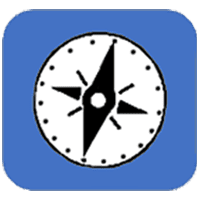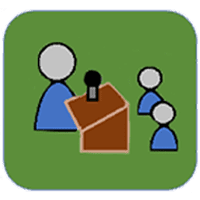Events

Living with PTSD: A wildland firefighter perspective
Webinar recording. Presenter: Marc Titus, Staff Specialist, Nevada Division of Forestry’s Fire Adapted Communities and MS Student in Psychology, Arizona State University. Description: PTSD is quietly impacting wildland firefighters with…

Role of risk management prioritization decision support tools
Webinar recording. Presenter: Melanie Colavito, Ecological Restoration Institute Description: The Ecological Restoration Institute recently completed a project analyzing the use and adoption of wildfire risk assessment and fuels treatment prioritization…

Predicting severe fire potential across the US with the FIRESEV project
Webinar recording. Description: Burn severity is the ecological change resulting from wildland fires. Areas burned with high severity are of concern to land managers and others because postfire vegetation, soil,…

Rx burn associations: Different models for different places
Webinar recording. There is broad understanding and agreement lately that there is a need to substantially increase the use of prescribed fire to create landscape resiliency, protect communities and ensure…

Invasive Annual Grass Workshop
Workshop information. Invasive annual grasses threaten millions of acres of sagebrush rangelands across the west. This two day workshop hosted by the Harney County Wildfire Collaborative and Oregon SageCon Partnership…

Engaging communities in fire adaptation in the sagebrush steppe
Webinar recording. A diverse group of panelists have been brought together to highlight a variety of engagement strategies in diverse communities. Caty Johnson from Nuestra Casa, Jerry McAdams from the…

Western Assoc of Fish and Wildlife Agencies: Mid-Winter Meeting
View recorded symposium. The 2021 WAFWA mid-winter meeting will be held virtually.

Cross-boundary science-based tools to implement shared stewardship
Webinar recording. Description: Articulate successful applications of Good Neighbor Authority for tribes, counties, and states; Provide examples of when tools like Good Neighbor Authority are unlikely to be successful; Discuss…

Monitoring rare plants with drones
Webinar recording. Description: The desert city of St. George, Utah is one of the fastest growing metropolitan areas in the country. Three federally listed endangered plant species that grow directly…

Invasive species, native seeds, and grasses
Webinar recording. Disturbance events, such as overgrazing and the catastrophic fires, in our shrub steppe landscape can kick-start a negative feedback loop with invasion of noxious weeds. These invasive species can have a direct effect on services and ecological benefits provided by the shrug steppe landscape. Learn what we can do to minimize the spread…

